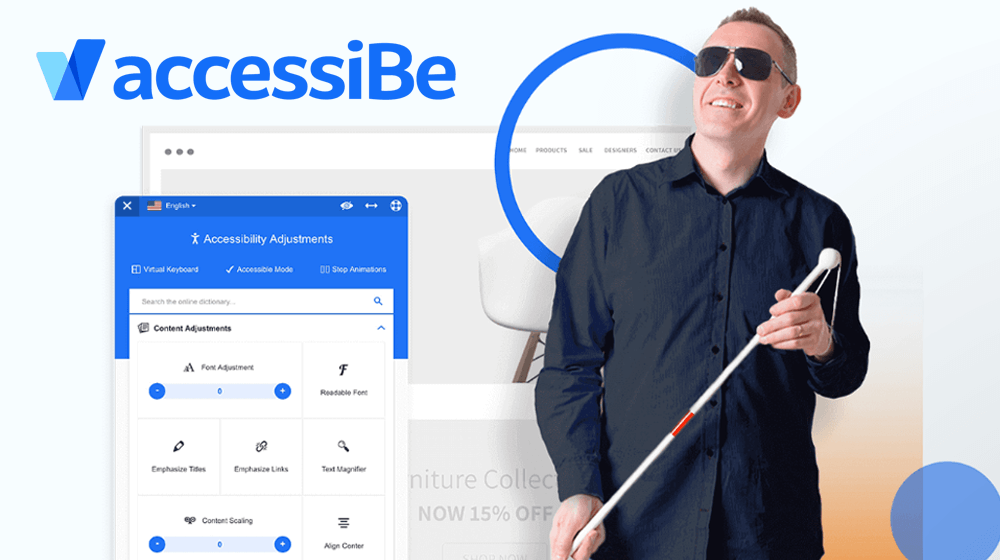The Americans with Disabilities Act (ADA) for websites is a law that sets accessibility standards for the disabled. These standards are created to make sure that people who have disabilities can access information on the internet and use it somehow. For example, the ADA requires websites accessible by those with vision, hearing, physical or intellectual disabilities. If your site does not meet these requirements (using a tool such as accessiBe, for example), you may be subject to legal action.
The ADA requires websites to provide the same level of access to those with disabilities as they would to any other visitor. This includes making sure all content is available, providing alternate methods for accessing information and ensuring that all functionality is available. There are several ways to make a website accessible, but some common methods include using alt tags for images, providing audio and video content transcripts, and using descriptive links.
Some web design companies offer services to make your site more accessible. However, these services can be expensive, so it is important to do your research before choosing one. You may also want to consider hiring a web accessibility consultant to help you make your site compliant with the ADA.
If you are not sure if your website is accessible, many resources are available to help you determine this. The Web Accessibility Initiative (WAI) offers several resources, including an accessibility checker and a guide to making your website more accessible. The US Department of Justice also offers a website with information about the ADA and website accessibility.
A Checklist for Web Accessibility
The World Wide Web Consortium (W3C) has created a checklist to help you make sure your website is accessible. This checklist covers a range of topics, from ensuring that those with disabilities can access your site to ensuring that your content is available in multiple languages. The W3C also offers a tool to test your site for accessibility.
The checklist covers the following topics:
– Is your site perceivable by those with disabilities?
– Is your site operable by those with disabilities?
– Is your site understandable by those with disabilities?
– Is your site robust enough to be used by assistive technologies?
– Do you provide accessible content?
– Are your forms and controls accessible?
– Is your website designed for all users?
– Do you have global reach?
If you answer ‘no’ to any of these questions, your website may not be compliant with the ADA. You can use the resources provided by the W3C to help you make your site more accessible. You can also hire a web accessibility consultant to help you make your site compliant with the ADA.
The Department of Justice offers a website that provides information about the ADA and web accessibility. This website includes many resources, including an online complaint form.
Final Word on Web Accessibility
Making your website accessible is important for several reasons. First, it ensures that those with disabilities can access your site, making your site more user-friendly for everyone. By taking the time to make your site accessible, you are making the internet a better place for everyone.










